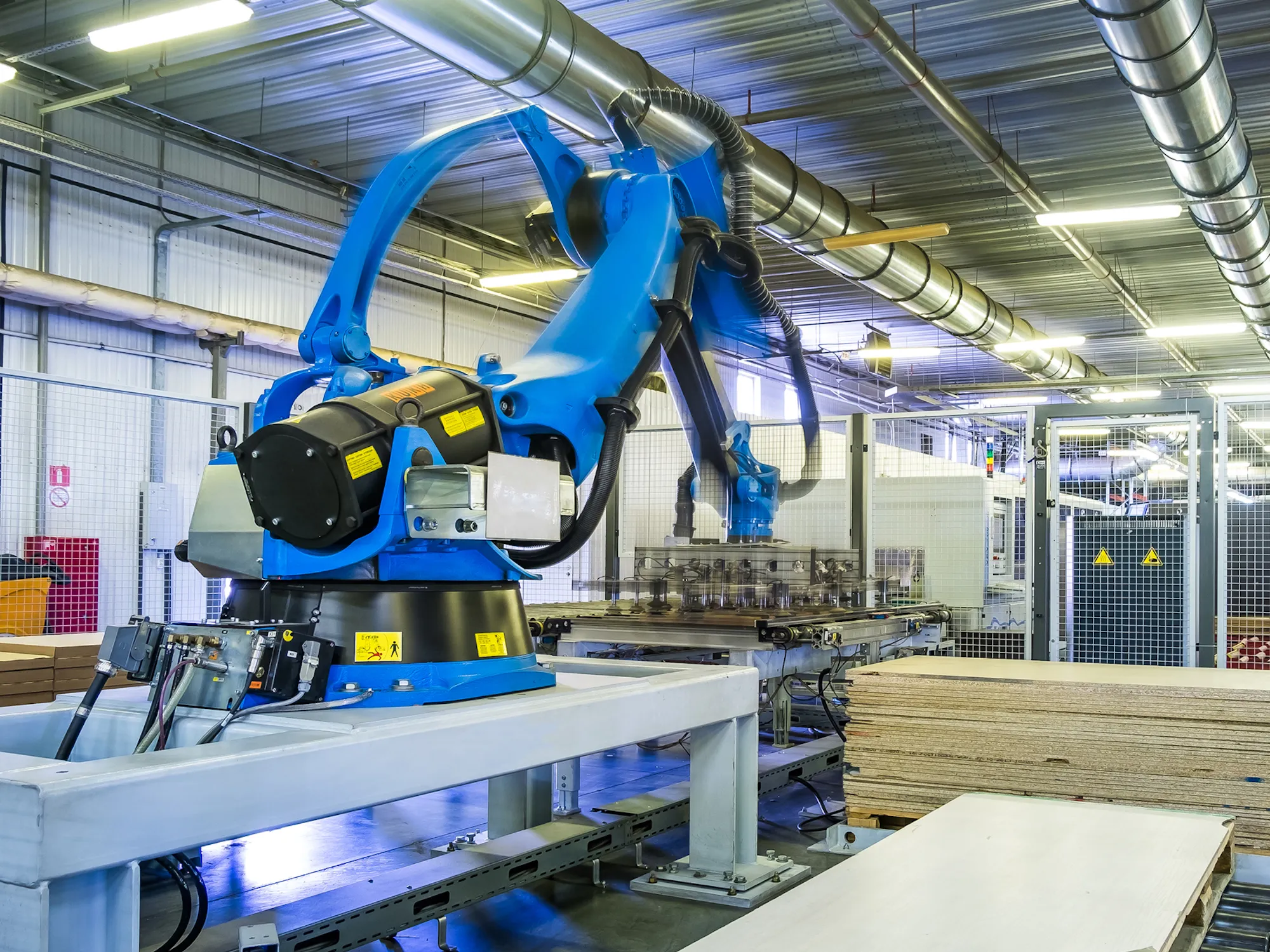

As major companies continue to announce increasingly automated labor chains, many human employees are understandably worried their own jobs aren’t safe from impending robotic rollouts. Unfortunately, new research into automation’s history and longterm effects demonstrate potential negative effects could be worse than predicted.
A new study published in the journal Econometrica presents an unprecedented dive into the effects of robotic labor over the past four decades, revealing the rise of newly dubbed “so-so automation” exacerbates wage gaps between white and blue collar workers more than almost any other factor. “So-so automation” refers to industry robotics that save corporations large sums of money and eradicate lower-skilled human jobs in exchange for relatively minor productivity gains and consumer convenience, according to the paper.
[Related: Amazon’s latest warehouse robot is here.]
Taking into account a multitude of datasets and economic census breakdowns between 1980 to 2016, co-authors Daron Acemoglu of MIT and Boston University’s Pascual Restrepo estimate that automation “has reduced the wages of men without a high school degree by 8.8 percent and women without a high school degree by 2.3 percent, adjusted for inflation,” per an announcement this morning from MIT.
As the news release explains, although inflation-adjusted incomes for those with college and postgraduate degree have steadily risen since 1980, the overall earnings for men without high school degrees has decreased by 15 percent. Multiple factors like diminished labor unions, market concentration, and other tech advancements all contribute to these issues, but Acemoglu and Restrepo’s evidence points to the rise of “so-so automation” systems to account between “50 to 70 percent of the changes or variation between group inequality.”
These “so-so automations” are more or less everywhere these days. MIT offers grocery store self-checkout kiosks as a prime example—while shoppers may enjoy slightly shorter checkout lines, they rarely bag as efficiently or well as trained human employees. What’s more, the labor cost isn’t eradicated by automated systems, but instead cleverly passed along to the shoppers themselves, who now bag their own goods without being paid for it. The grocery store chain saves vast amounts of money by not paying additional employees and consumers might enjoy a (sometimes) speedier experience, but the “so-so automation” doesn’t justify its existence when examined within the larger picture.
[Related: Amazon’s purchase of iRobot comes under FTC scrutiny.]
While some figures envision a vague future in which all menial jobs are replaced by automation, many analysts are far more concerned with the already disproportionate effects of industry robots felt by higher and lower educated workers, where the former demographic benefits far more than the latter. According to MIT, Acemoglu and Restrepo’s research presents “a more stark outlook in which automation reduces earnings power for workers and potentially reduces the extent to which policy solutions—more bargaining power for workers, less market concentration—could mitigate the detrimental effects of automation upon wages.”
Major companies like Amazon continue to push forward with warehouse automation while extolling their potential employee benefits, but as Acemoglu and Restrop argue in their new study, human laborers deserve and require more rigorous protections in the face of workforce robotics’ longterm effects.
